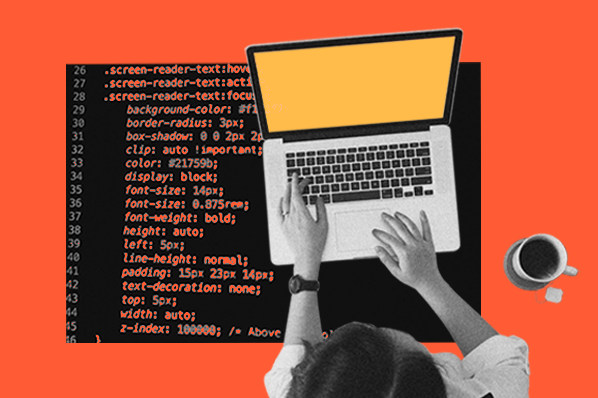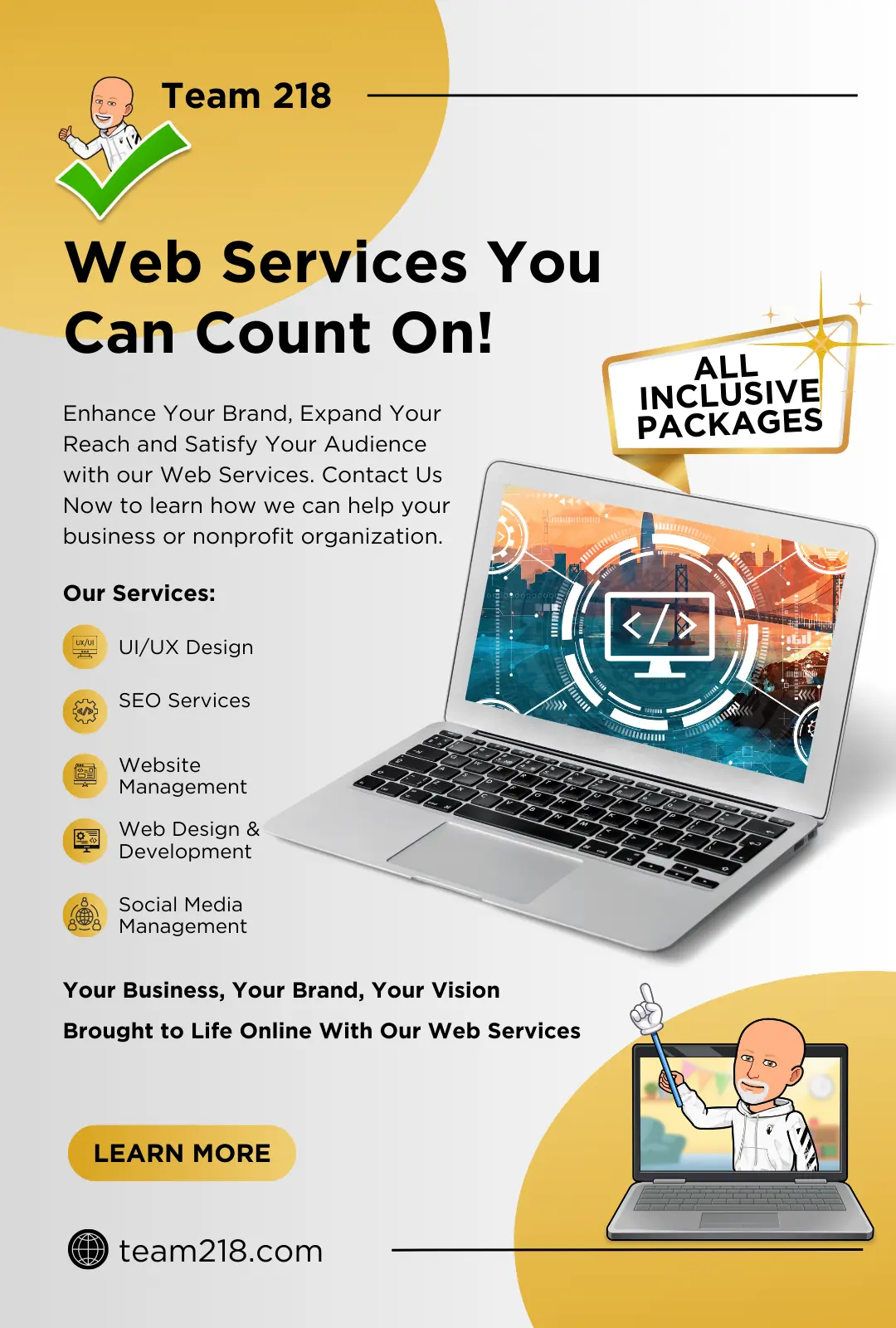A Detailed Overview of the very best Practices in Internet Style for Creating Accessible and user-friendly Online Systems
The efficiency of an online system hinges dramatically on its style, which must not only draw in users however also assist them perfectly with their experience. Best practices in internet layout incorporate a variety of strategies, from receptive designs to obtainable navigating frameworks, all targeted at cultivating instinctive communications. Recognizing these principles is essential for designers and programmers alike, as they directly influence user complete satisfaction and retention. However, the ins and outs of each method often expose deeper implications that can change a fundamental interface right into a remarkable one. What are the crucial elements that can raise your platform to this degree?
Comprehending User Experience
Comprehending user experience (UX) is crucial in website design, as it directly influences how visitors connect with a web site. A well-designed UX makes certain that customers can browse a website with ease, access the information they look for, and full desired activities, such as buying or signing up for a newsletter.
Key components of effective UX design include functionality, accessibility, and appearances. Usability concentrates on the convenience with which customers can accomplish jobs on the site. This can be attained via clear navigation structures, logical material company, and responsive comments systems. Access guarantees that all individuals, consisting of those with impairments, can connect with the internet site effectively. This includes sticking to developed standards, such as the Internet Material Access Standards (WCAG)
Aesthetic appeals play a crucial role in UX, as aesthetically appealing layouts can improve user complete satisfaction and involvement. Color design, typography, and imagery should be attentively chosen to produce a cohesive brand name identity while also helping with readability and understanding.
Eventually, prioritizing user experience in website design promotes better customer contentment, motivates repeat check outs, and can considerably improve conversion rates, making it an essential aspect of effective electronic methods. (web design)
Significance of Responsive Style
Responsive layout is a critical part of modern web growth, making certain that web sites offer an ideal watching experience throughout a large range of tools, from desktop computers to mobile phones. As customer actions increasingly changes towards mobile surfing, the demand for websites to adapt seamlessly to different display dimensions has ended up being extremely important. This adaptability not just improves usability however likewise considerably influences customer involvement and retention.
A receptive design utilizes liquid grids, versatile pictures, and media inquiries, permitting a natural experience that maintains functionality and visual stability no matter tool. This approach gets rid of the demand for users to focus or scroll horizontally, causing a more intuitive communication with the material.
In addition, search engines, significantly Google, focus on mobile-friendly sites in their positions, making responsive design essential for maintaining presence and accessibility. By taking on responsive style concepts, companies can get to a wider audience and improve conversion rates, as individuals are more probable to engage with a site that uses a consistent and smooth experience. Eventually, receptive style is not just a visual choice; it is a strategic requirement that mirrors a commitment to user-centered design in today's digital landscape.
Simplifying Navigating Frameworks
A well-structured navigation system is important for enhancing the customer experience on any kind of web site. Streamlining navigating frameworks not only aids users in finding info swiftly however additionally promotes engagement and decreases bounce prices. To accomplish this, web designers need to prioritize clarity with the use of uncomplicated labels and categories that show the web content properly.

Integrating a search function even more improves usability, enabling customers to situate material directly. Furthermore, applying breadcrumb tracks can give individuals with context concerning their place within the site, promoting simplicity of navigating.
Mobile optimization is another critical click to read aspect; navigation must be touch-friendly, with clearly defined buttons and links to fit smaller screens. By reducing the number of clicks required to accessibility material and making sure that navigation corresponds throughout all web pages, designers can produce a seamless individual experience that urges exploration and lowers frustration.
Prioritizing Availability Specifications
Around 15% of the international population experiences some kind of disability, making it crucial for web designers to focus on access criteria in their jobs. Access encompasses numerous aspects, consisting of visual, acoustic, cognitive, and electric motor problems. By adhering to established guidelines, such as the Internet Material Ease Of Access Guidelines (WCAG), designers can create comprehensive digital experiences that satisfy all users.
One basic method is to guarantee that all material is perceivable. This consists of providing alternative message for images and making certain that video clips have records or inscriptions. Keyboard navigability is essential, as numerous individuals rely on key-board faster ways instead than mouse communications.
 Furthermore, shade contrast should be meticulously thought about to suit people with aesthetic impairments, making sure that message is readable versus its background. When developing forms, labels and mistake messages must be descriptive and clear to aid individuals in completing tasks successfully.
Furthermore, shade contrast should be meticulously thought about to suit people with aesthetic impairments, making sure that message is readable versus its background. When developing forms, labels and mistake messages must be descriptive and clear to aid individuals in completing tasks successfully.Finally, conducting usability testing with individuals who have impairments can supply important understandings - web design. By focusing on access, web developers not just adhere to lawful criteria however likewise expand their target market reach, fostering a much more inclusive on the internet environment. This commitment to access is necessary for a user-friendly and absolutely navigable internet experience
Making Use Of Aesthetic Power Structure
Quality in design is vital, and utilizing visual hierarchy plays a critical role in accomplishing it. Visual power structure refers to the setup and discussion of elements in a manner that plainly suggests their value and overviews customer focus. By purposefully employing size, spacing, contrast, and color, developers can produce a natural flow that routes customers with the material perfectly.
Utilizing larger font styles for headings and smaller sized ones for body text develops a clear difference in between sections. Furthermore, using contrasting histories or strong colors can draw browse around here focus to crucial information, such as call-to-action switches. White room is just as essential; it helps to avoid clutter and allows individuals to focus on the most important elements, boosting readability and total individual experience.
One more key element of visual hierarchy is making use of imagery. Appropriate photos can boost understanding and retention of details while likewise separating text to make content much more digestible. Inevitably, a well-executed visual pecking order not just boosts navigating yet likewise fosters an instinctive communication with the web site, making it a lot more most likely for users to achieve their purposes successfully.
Final Thought
In summary, adherence to best techniques in web style is crucial for developing accessible and user-friendly on-line systems. Emphasizing responsive design, streamlined navigating, and access standards fosters a inclusive and straightforward environment. Additionally, the effective use of visual pecking order improves individual engagement and readability. By focusing on these elements, web designers can substantially boost customer experience, making certain that on-line systems satisfy the varied requirements of all users while facilitating effective communication and satisfaction.
The efficiency of an online platform pivots considerably on its design, which must not just attract users yet also lead them effortlessly via their experience. By taking on responsive layout principles, organizations can get to a wider target market and boost conversion rates, as customers are extra likely to involve with a site that provides a smooth and constant experience. By adhering to hop over to here established guidelines, such as the Internet Content Accessibility Guidelines (WCAG), developers can develop comprehensive electronic experiences that cater to all individuals.
White space is similarly necessary; it helps to prevent mess and allows customers to focus on the most crucial elements, enhancing readability and overall individual experience.
By focusing on these elements, internet developers can considerably boost customer experience, ensuring that on-line platforms meet the diverse requirements of all individuals while facilitating effective communication and complete satisfaction.